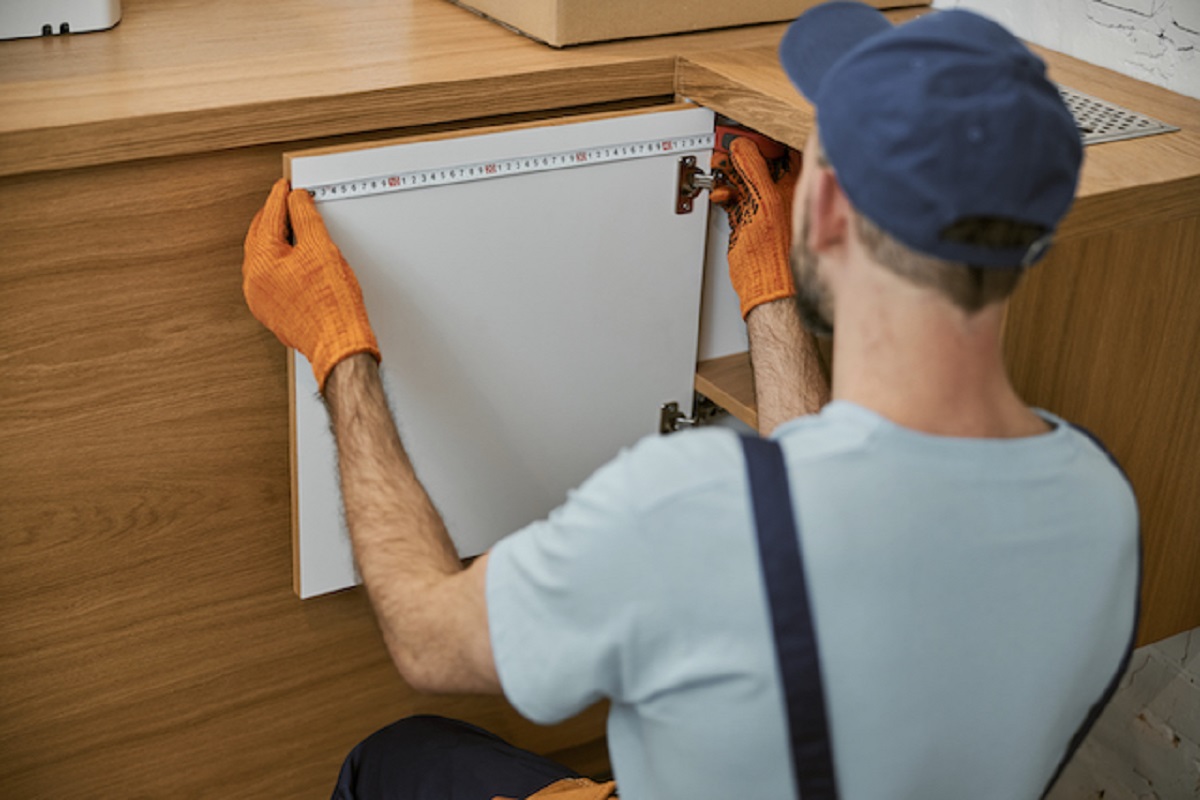

Articles
How To Measure Cabinet Hinge Overlay
Modified: February 26, 2024
Learn how to measure cabinet hinge overlay for your interior design project to ensure a perfect fit and enhance the functionality of your cabinets.
(Many of the links in this article redirect to a specific reviewed product. Your purchase of these products through affiliate links helps to generate commission for Storables.com, at no extra cost. Learn more)
Introduction
When it comes to installing or replacing cabinet hinges, understanding the concept of hinge overlay is essential. Hinge overlay refers to how much the hinge protrudes from the edge of the cabinet door when it is closed. This measurement is crucial for ensuring that your cabinet doors open and close properly without any gaps or obstructions.
Knowing how to measure cabinet hinge overlay is a valuable skill that can save you time, effort, and frustration. Whether you are a DIY enthusiast or a professional carpenter, this guide will provide you with step-by-step instructions on how to measure cabinet hinge overlay accurately.
Before we dive into the process, let’s briefly go over the different types of cabinet hinge overlays. The most common types are 1/2-inch overlay, 3/8-inch overlay, and full overlay. Each of these overlays requires a different measurement, so it’s important to know which type of hinge you are working with.
Now let’s gather the necessary tools and materials to get started with our measurement process.
Key Takeaways:
- Understanding cabinet hinge overlay is crucial for proper installation and functionality of cabinet doors. Accurate measurement and calculation ensure a seamless fit and prevent gaps or misalignment.
- By following the step-by-step process and making necessary adjustments, you can confidently install or replace hinges, ensuring smooth operation and desired aesthetic appeal.
Read more: How To Measure A Cabinet Hinge
Understanding Cabinet Hinge Overlay
Before we jump into the measurement process, it’s crucial to have a clear understanding of cabinet hinge overlay. Overlay refers to the amount by which the cabinet door overlaps the cabinet frame when it is closed.
There are three common types of hinge overlay: 1/2-inch overlay, 3/8-inch overlay, and full overlay.
A 1/2-inch overlay means that the cabinet door covers half an inch of the cabinet frame on all sides when it is closed. This type of overlay is commonly used for traditional cabinet styles.
A 3/8-inch overlay indicates that the cabinet door covers 3/8 of an inch of the cabinet frame when closed. This overlay is commonly used for cabinets with a more modern or contemporary design.
Full overlay, as the name suggests, means that the cabinet door fully covers the cabinet frame when closed. This type of overlay is preferred for a sleek and seamless look.
Understanding the hinge overlay allows you to select the appropriate hinges for your cabinet doors and ensure a proper fit. Additionally, knowing the hinge overlay is necessary when replacing hinges or adjusting existing ones to prevent gaps or misalignment.
Now that we have a solid understanding of cabinet hinge overlay, let’s move on to the next section where we will gather the necessary tools and materials to begin the measurement process.
Tools and Materials Needed
Before you begin measuring the cabinet hinge overlay, you will need to gather a few essential tools and materials:
- Measuring tape: A flexible measuring tape is necessary to accurately measure the dimensions of the cabinet door and hinge.
- Pencil or marker: You will need a writing instrument to mark the measurements on the cabinet door for reference.
- Screwdriver: A screwdriver will be required to remove the cabinet door from its hinges for accurate measurement.
- Notepad or paper: Having a notepad or a piece of paper handy will help you keep track of the measurements and calculations.
- Safety goggles: It’s always a good idea to wear safety goggles to protect your eyes while removing or adjusting the cabinet door.
- Dust cloth: To keep your work area clean, have a dust cloth or rag nearby to wipe away any dust or debris.
These tools and materials are readily available at most hardware stores and are essential for ensuring a smooth and accurate measurement process. Once you have gathered all the necessary items, you are ready to move on to the next section, which covers the step-by-step process of measuring the cabinet door and hinge overlay.
Now that you have all the tools and materials at your disposal, let’s move on to the next section where we will guide you through the process of removing the cabinet door for measurement.
Step 1: Removing the Cabinet Door
Before you can start measuring the cabinet hinge overlay, you will need to remove the cabinet door from its hinges. Here’s a step-by-step guide on how to do it:
- Start by opening the cabinet door fully.
- Examine the hinge on the inside of the cabinet door. Depending on the type of hinge, you may notice screws holding the hinge plates in place.
- Using a screwdriver, loosen and remove the screws that are securing the hinge plates to the cabinet door.
- Once the screws are removed, gently lift the cabinet door away from the cabinet frame.
- Place the cabinet door on a flat and stable surface for measurement.
Removing the cabinet door allows for easier and more accurate measurement of the hinge overlay. It also prevents any accidental damage to the door or the surrounding area while working on the measurement process.
Now that the cabinet door is safely removed, we can proceed to the next step, which involves measuring the dimensions of the cabinet door itself.
Step 2: Measuring the Cabinet Door
Now that you have removed the cabinet door, it’s time to measure its dimensions. Accurately measuring the cabinet door is crucial for calculating the correct hinge overlay. Here’s how you can do it:
- Take your measuring tape and place it at the top left corner of the cabinet door. Measure the height of the door from top to bottom. Write down the measurement.
- Next, measure the width of the cabinet door by placing your measuring tape from the left edge to the right edge. Write down this measurement as well.
- Now, it’s time to measure the thickness of the cabinet door. Place your measuring tape at the edge of the door and measure its thickness. Note this measurement as it will be needed later in the calculation.
Ensure that your measurements are as accurate as possible. Use the same unit of measurement throughout, whether it’s inches or centimeters, to avoid any confusion during calculations.
Once you have recorded the measurements, you are ready to move on to the next step, which involves measuring the hinges themselves to determine their overlay.
Now that you have measured the dimensions of the cabinet door, let’s move on to the next step, where we will measure the dimensions of the cabinet hinge overlay.
To measure cabinet hinge overlay, simply measure the distance from the edge of the cabinet door to the edge of the cabinet frame. This will give you the overlay measurement needed for selecting the right hinges.
Read more: How To Fix A Cabinet Door Hinge
Step 3: Measuring the Hinge
After measuring the dimensions of the cabinet door, the next step is to measure the hinge itself. Measuring the hinge will help determine its overlay and ensure that you choose the correct size for your cabinet. Follow these steps to measure the hinge:
- Hold the hinge in your hand and examine its structure. You may notice two main components: the hinge plate and the hinge arm.
- Start by measuring the length of the hinge plate. Use your measuring tape and place it at one end of the hinge plate. Measure it from end to end and write down this measurement.
- Next, measure the depth of the hinge plate. Place your measuring tape vertically along the edge of the hinge plate and note this measurement.
- Proceed to measure the width of the hinge arm. Place your measuring tape horizontally across the hinge arm and note this measurement.
- Finally, measure the distance between the screw holes on the hinge plate. This measurement will help determine the hinge position on the cabinet door.
Ensuring accurate measurements of the hinge will allow you to choose the proper size and ensure a seamless fit when installing the hinges on the cabinet door.
With the hinge measurements recorded, you are now ready to move on to the next step, which involves calculating the hinge overlay using the measurements obtained.
Step 4: Calculating the Overlay
With the measurements of the cabinet door and the hinge in hand, it’s time to calculate the hinge overlay. The overlay measurement will determine how much the hinge will protrude from the edge of the cabinet door when it is closed. Follow these steps to calculate the overlay:
- Start by determining the desired hinge overlay. Refer to the specifications or recommendations for your specific cabinet style to determine the appropriate overlay. Common overlay measurements include 1/2 inch, 3/8 inch, or full overlay.
- Subtract the thickness of the cabinet door from the width of the cabinet door. This will give you the available space for the hinge on the cabinet door.
- Subtract the width of the hinge arm from the available space on the cabinet door. This will give you the remaining space for the hinge plate.
- Subtract the width of the hinge plate from the remaining space on the cabinet door. This final calculation will determine the overlay measurement.
Remember to use the same unit of measurement throughout the calculations, whether it’s inches or centimeters, to ensure accurate results.
Once you have calculated the overlay measurement, you can proceed to the next step, which involves adjusting the cabinet hinge overlay if necessary.
With the hinge measurements and overlay calculation complete, you are now ready to move on to the next step, where we will discuss adjusting the cabinet hinge overlay if needed.
Step 5: Adjusting the Cabinet Hinge Overlay
After calculating the hinge overlay, you may find that it doesn’t match the desired overlay for your cabinet style. In such cases, you may need to adjust the cabinet hinge overlay. Here’s how you can do it:
- If the calculated hinge overlay is larger than the desired overlay, you will need to make the hinge recess on the cabinet door larger. This can be done by using a chisel or router to carefully remove some material from the recessed area where the hinge sits.
- Alternatively, if the calculated hinge overlay is smaller than the desired overlay, you can add a spacer behind the hinge plate to push it further out from the cabinet door. This can be achieved by using plastic or metal shims or washers.
- Make small adjustments at a time, and recheck the overlay measurement until you achieve the desired hinge overlay.
It’s important to be patient and precise when adjusting the hinge overlay to ensure a proper fit and alignment of the cabinet door.
Once you have successfully adjusted the hinge overlay, you can proceed to the final step, which involves reinstalling the cabinet door.
Now that you have learned how to adjust the cabinet hinge overlay if needed, let’s move on to the final step, where we will guide you through the process of reinstalling the cabinet door.
Step 6: Reinstalling the Cabinet Door
After measuring and adjusting the cabinet hinge overlay, it’s time to reattach the cabinet door to its hinges. Here’s a step-by-step guide on how to reinstall the cabinet door:
- Hold the cabinet door at a slight angle and align the hinge plates with the corresponding holes on the cabinet frame.
- Once aligned, gently lower the cabinet door onto the hinges and ensure that the hinge plates are securely inserted into the holes.
- With the door in place, use a screwdriver to secure the hinge plates to the cabinet frame by tightening the screws. Be careful not to overtighten to avoid damaging the screws or the hinge plates.
- Test the cabinet door by opening and closing it to ensure that it moves smoothly without any obstructions or misalignment.
- If the door does not close properly or appears misaligned, you may need to make further adjustments to the hinge overlay or revisit the previous steps to ensure accurate measurements.
Properly reinstalling the cabinet door is crucial for ensuring its functionality and aesthetics. Take your time during this step to ensure a seamless fit and alignment.
With the cabinet door successfully reinstalled, your measurement and adjustment process is complete. You have now successfully measured and calculated the cabinet hinge overlay, ensuring that your cabinet doors will open and close smoothly.
Congratulations on completing the process of measuring the cabinet hinge overlay and reinstalling the cabinet door!
Read more: How To Install Hinges On Cabinet Doors
Conclusion
Measuring the cabinet hinge overlay is a vital step in ensuring the proper installation and functionality of your cabinet doors. By understanding and accurately calculating the hinge overlay, you can achieve a seamless fit and prevent gaps or misalignment.
Throughout this guide, we have covered the step-by-step process of measuring the cabinet hinge overlay, starting from removing the cabinet door to adjusting the overlay if necessary. We have also discussed the different types of hinge overlays and the tools and materials needed for the measurement process.
Remember to take accurate measurements using a measuring tape and record them carefully. Use the calculations provided to determine the hinge overlay and make adjustments as required to achieve the desired fit.
By following these steps diligently, you can confidently install or replace hinges on your cabinet doors, ensuring they open and close smoothly while maintaining the desired aesthetic appeal.
Keep in mind that if you are uncertain or uncomfortable with performing the process yourself, it is always best to consult a professional carpenter or installer who can assist you in achieving optimal results.
Now that you have a clear understanding of how to measure cabinet hinge overlay, you can confidently undertake projects involving cabinet hinge installation or replacement. Enjoy transforming your cabinets and enhancing the functionality and style of your space!
Frequently Asked Questions about How To Measure Cabinet Hinge Overlay
Was this page helpful?
At Storables.com, we guarantee accurate and reliable information. Our content, validated by Expert Board Contributors, is crafted following stringent Editorial Policies. We're committed to providing you with well-researched, expert-backed insights for all your informational needs.
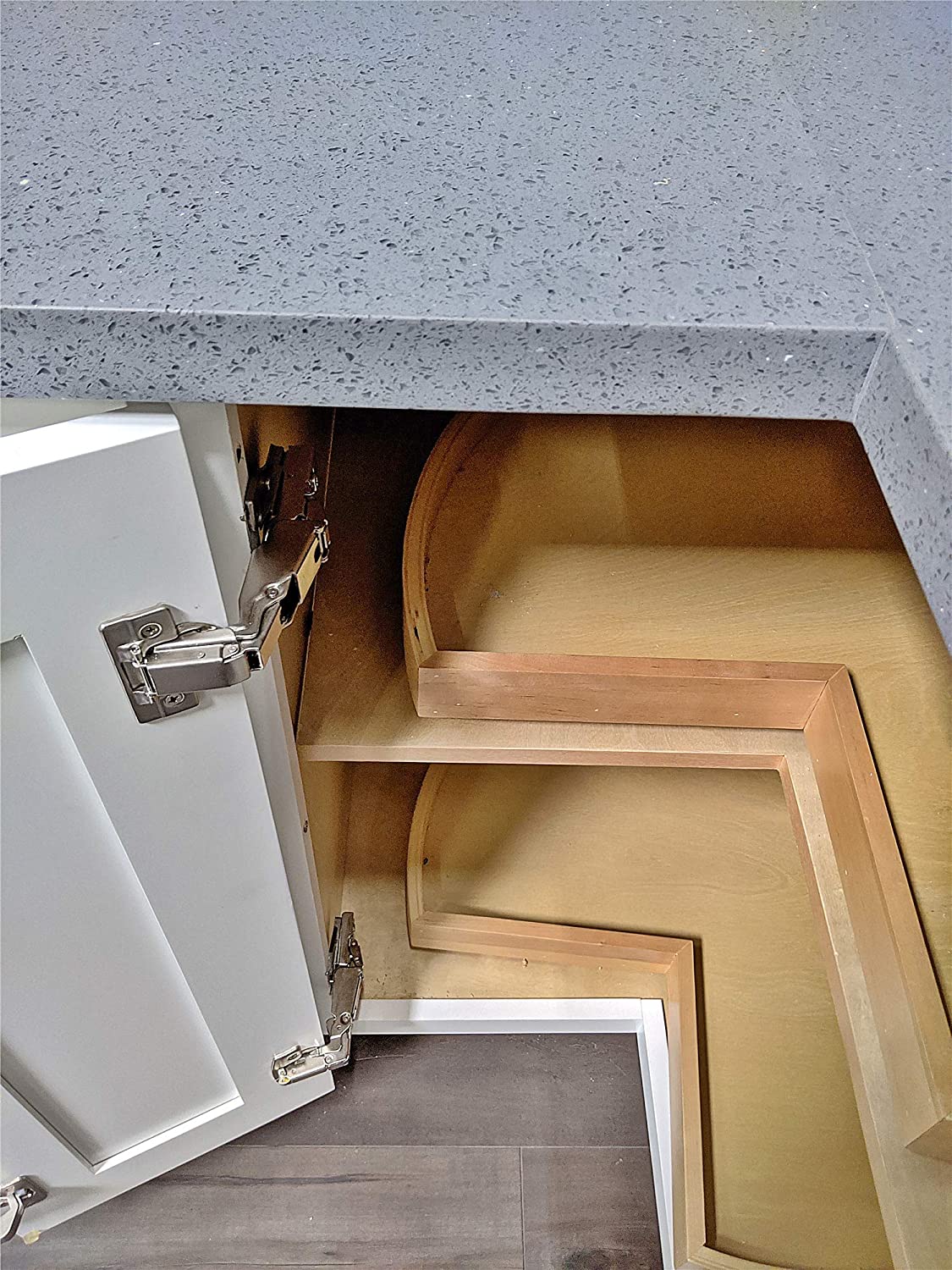
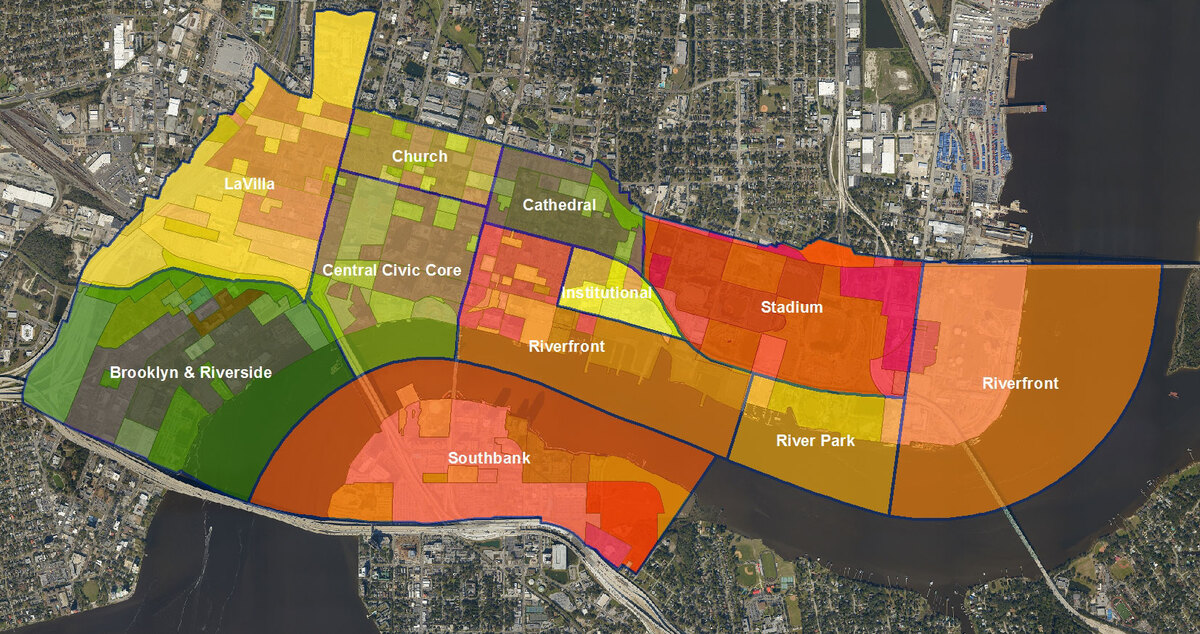
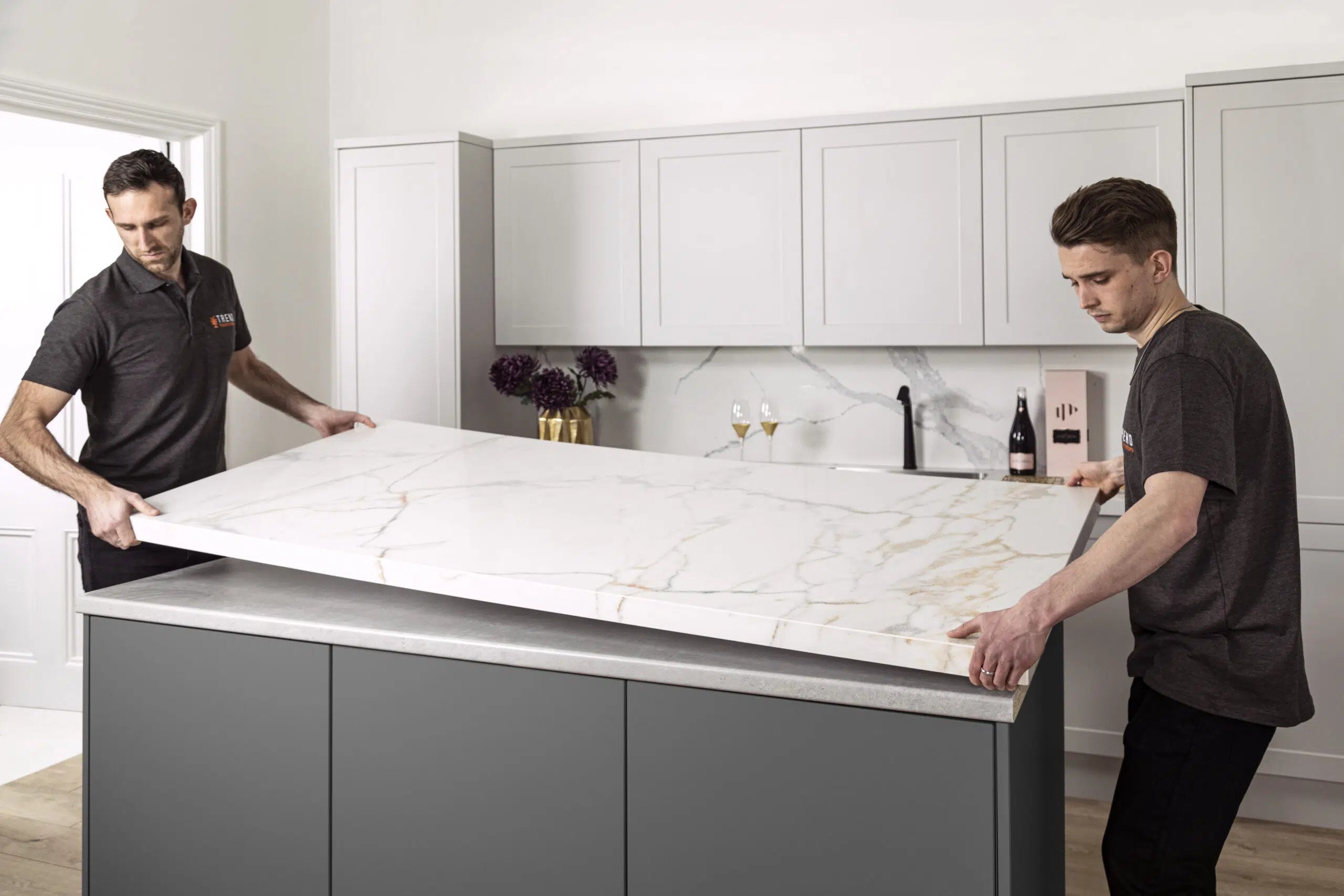
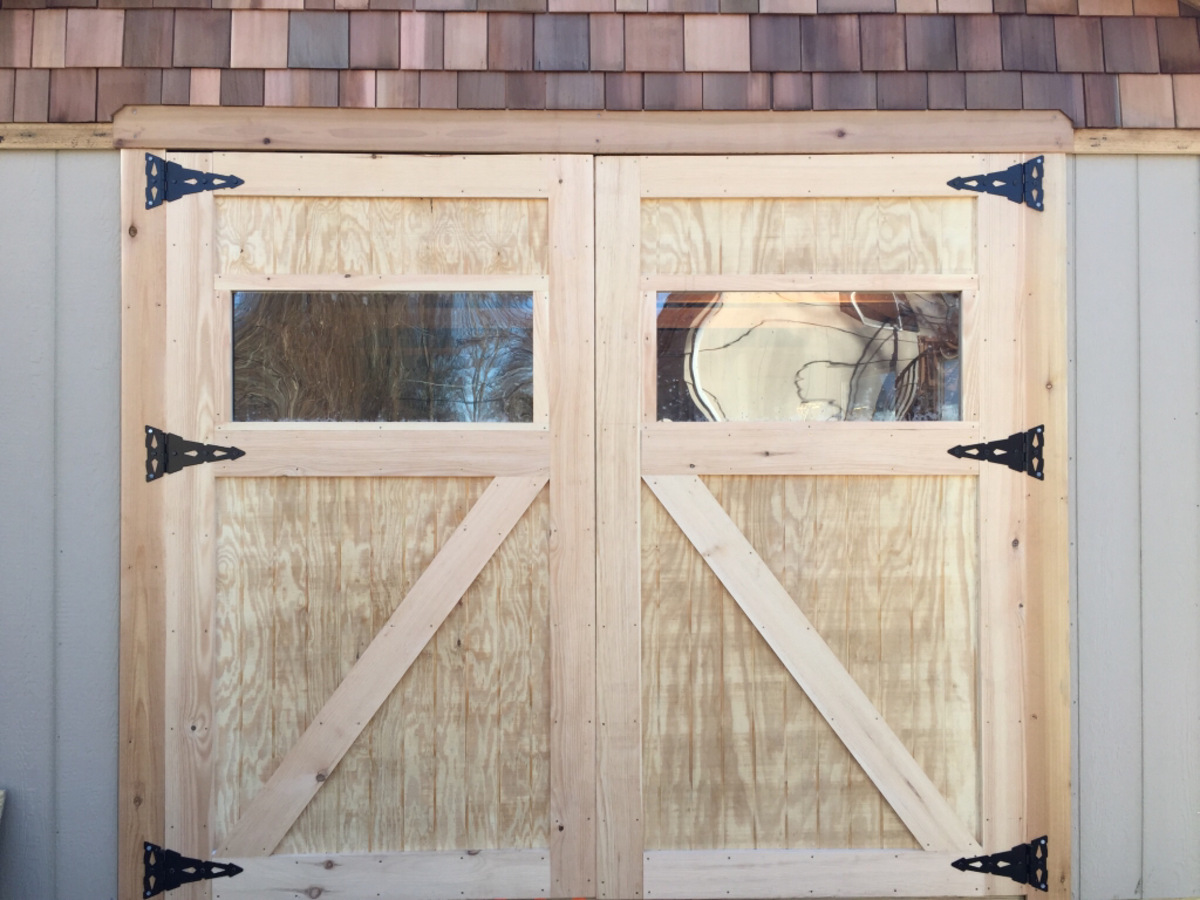
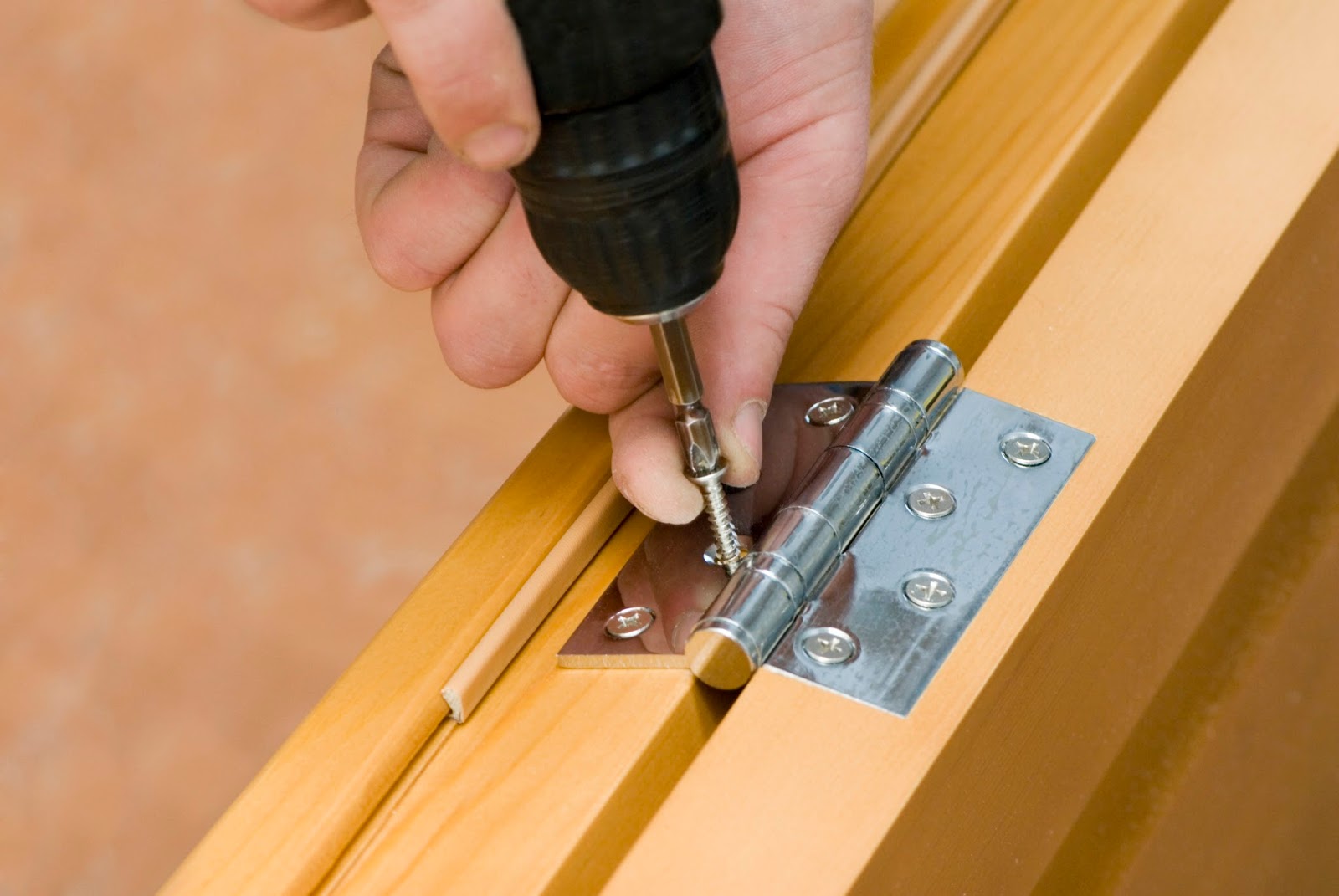
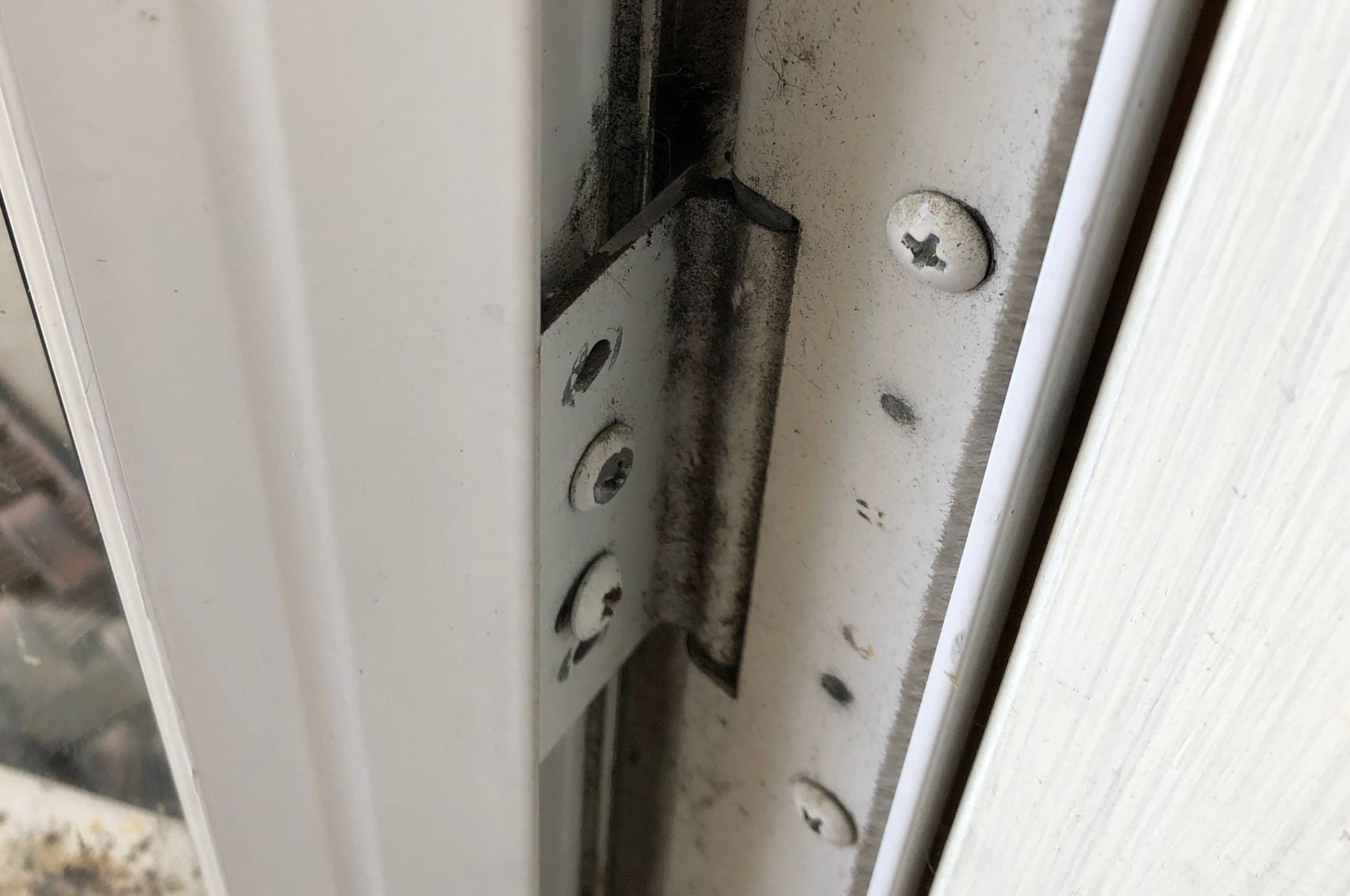
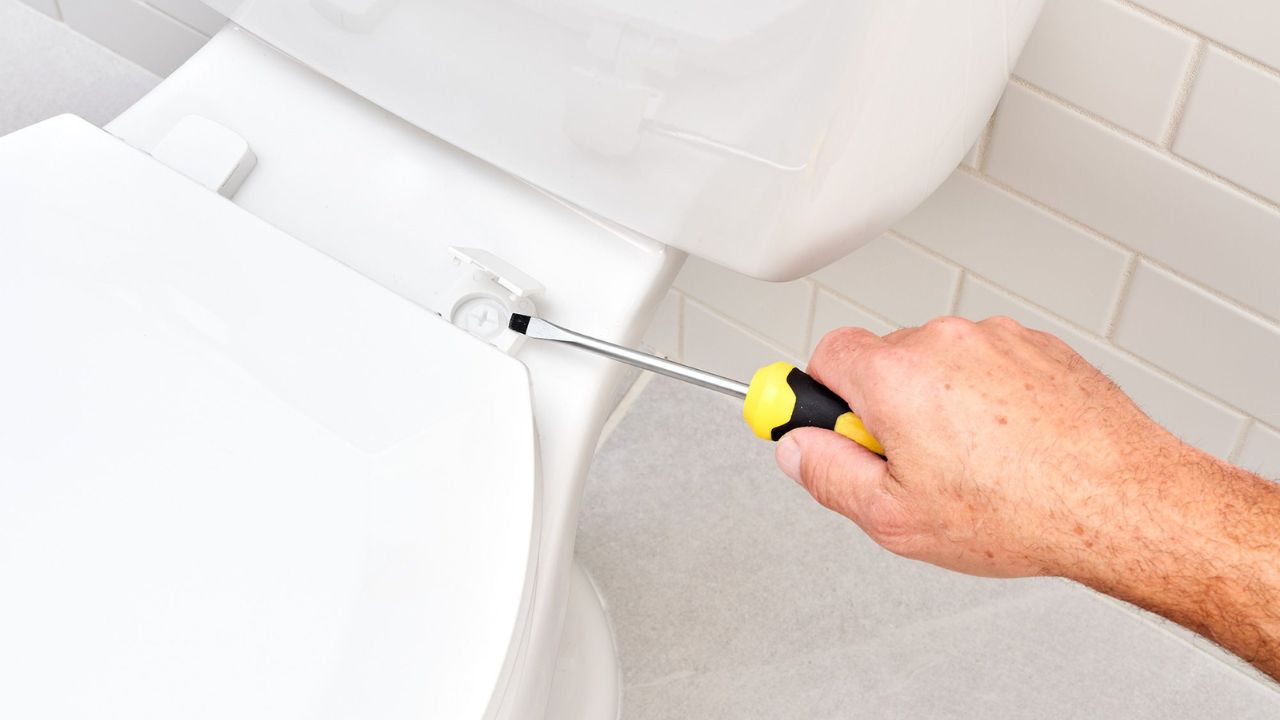
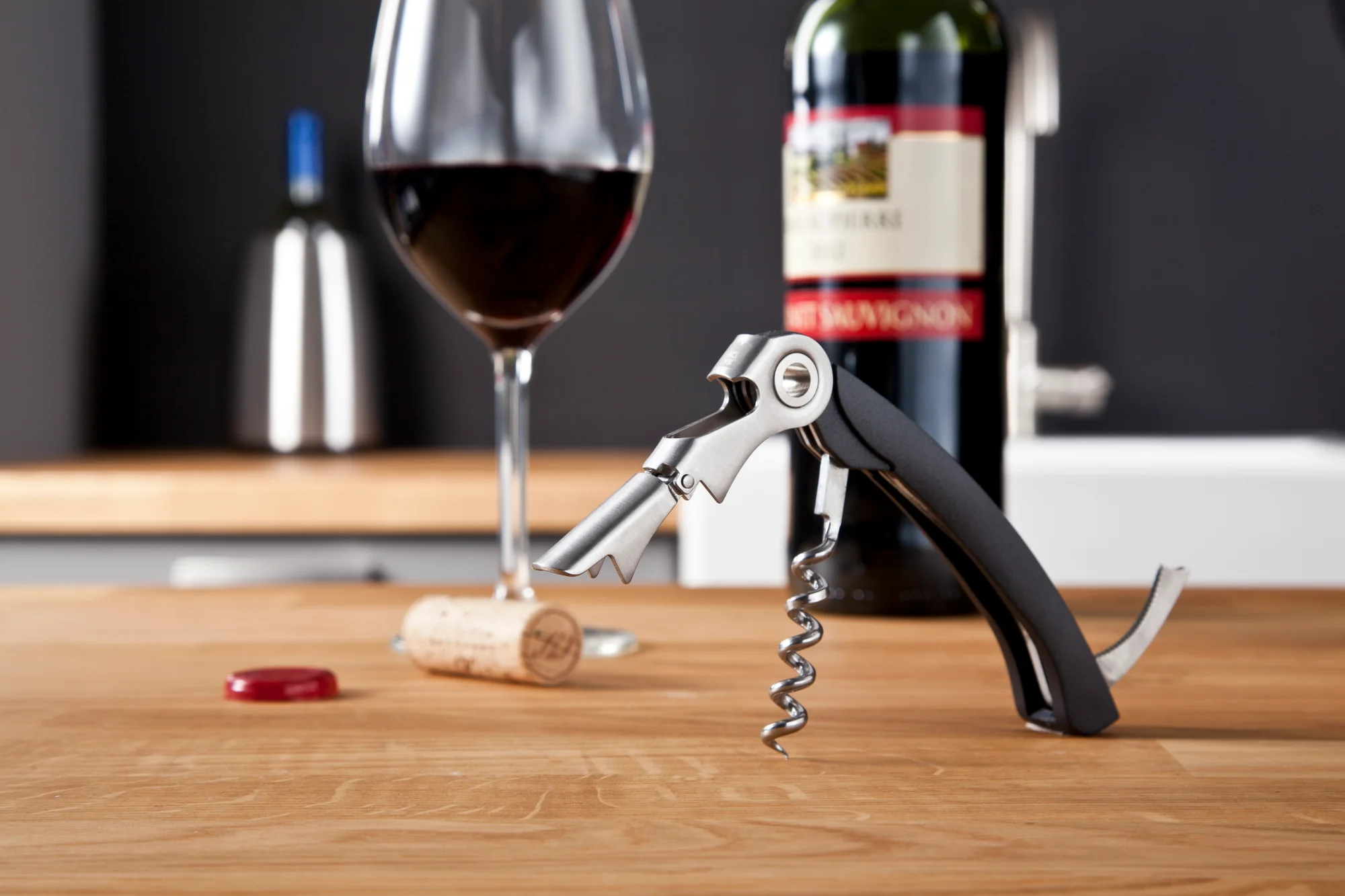
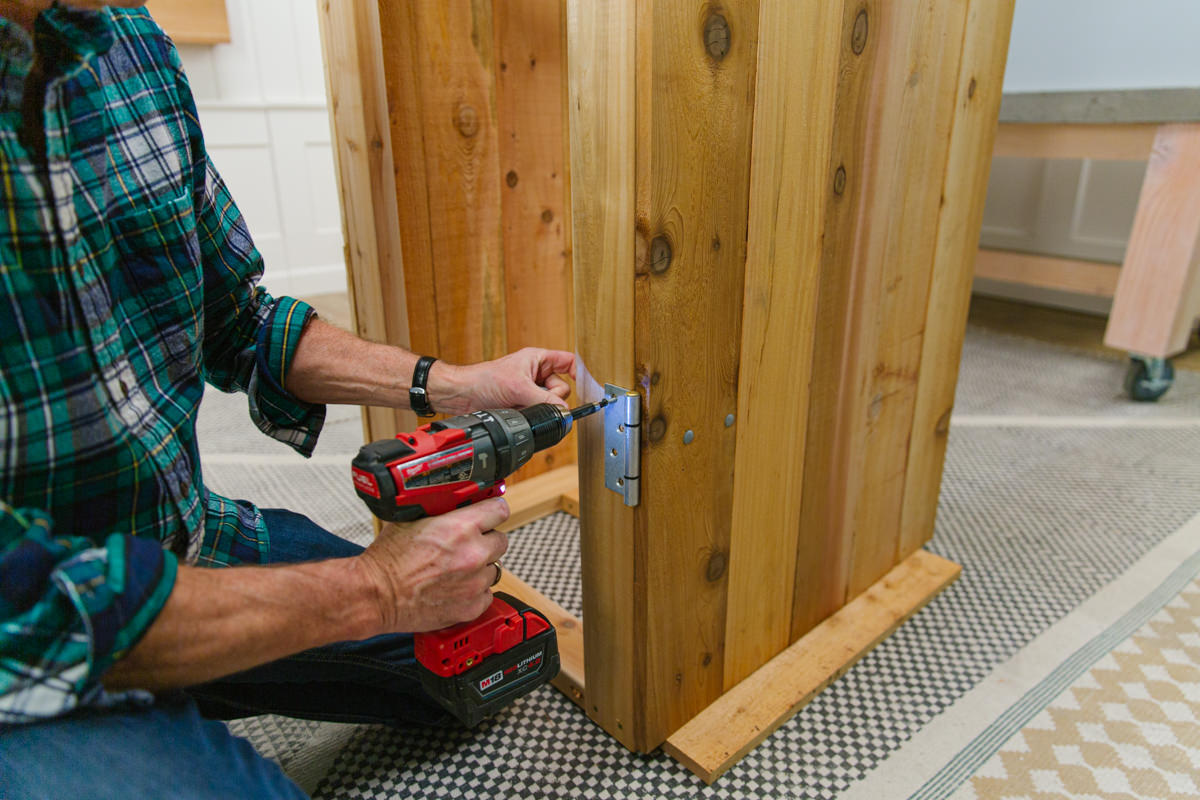
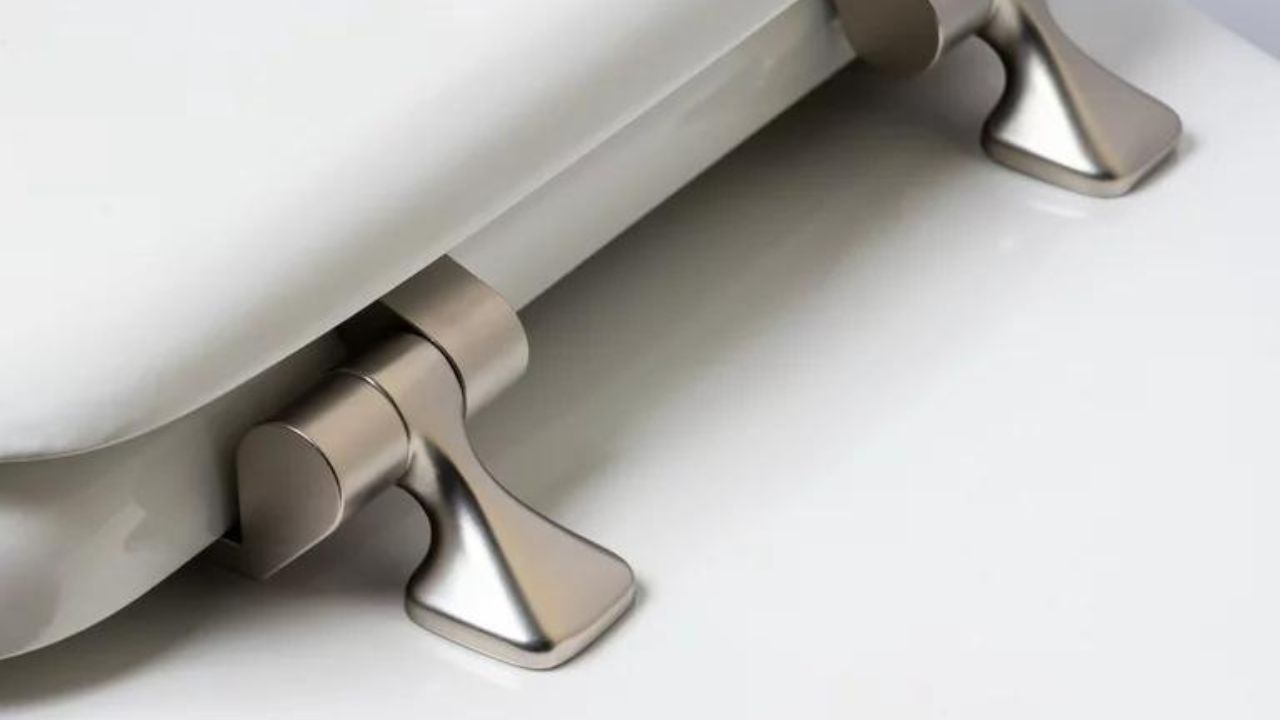
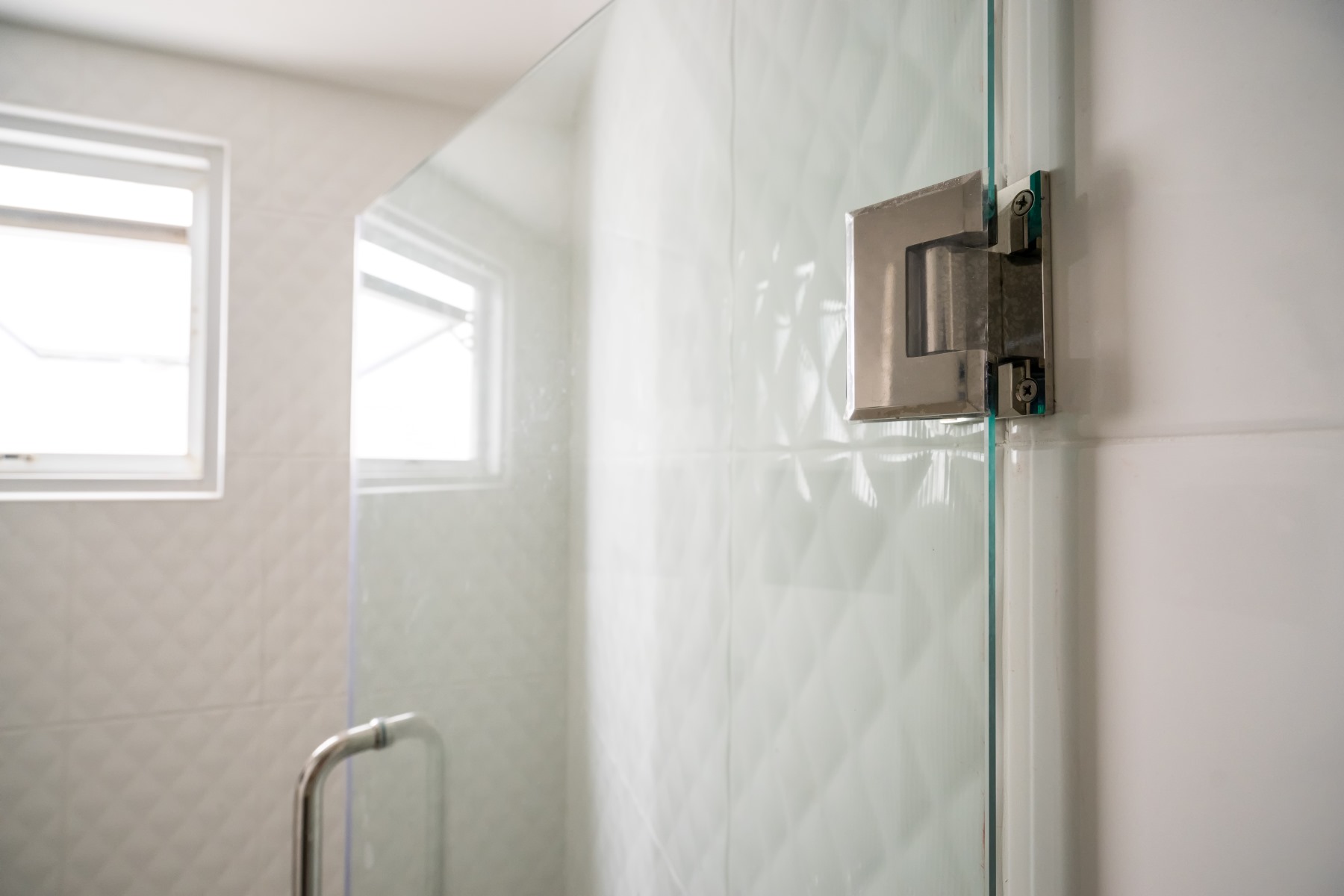
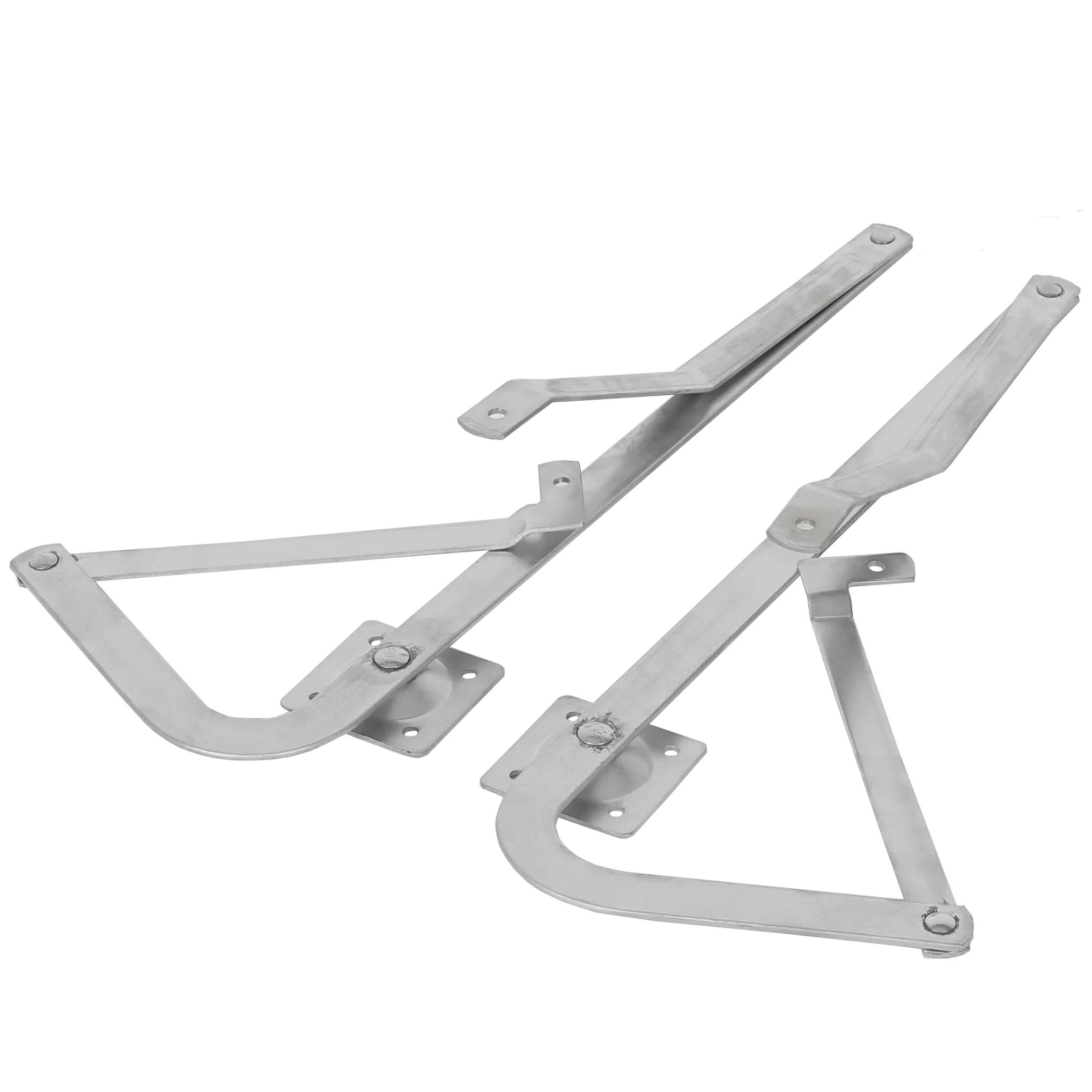
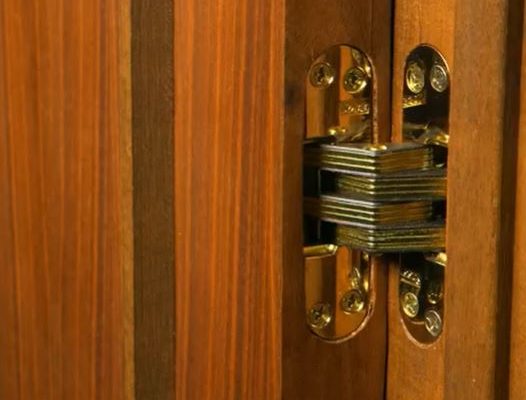

0 thoughts on “How To Measure Cabinet Hinge Overlay”